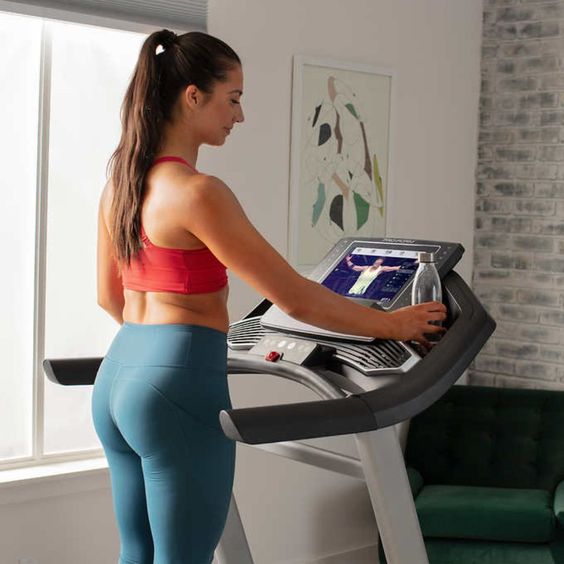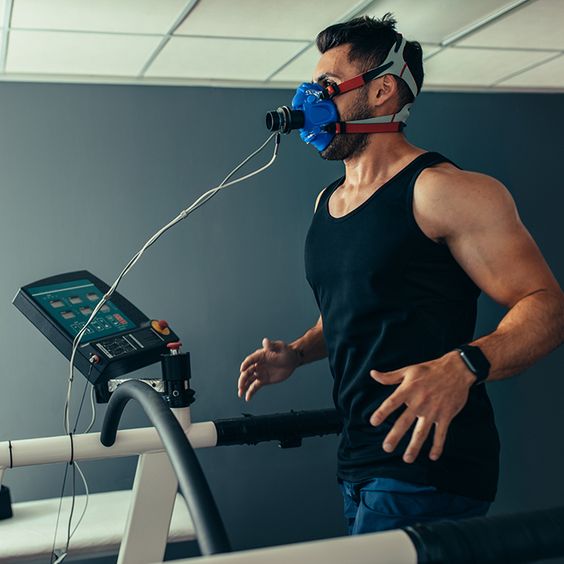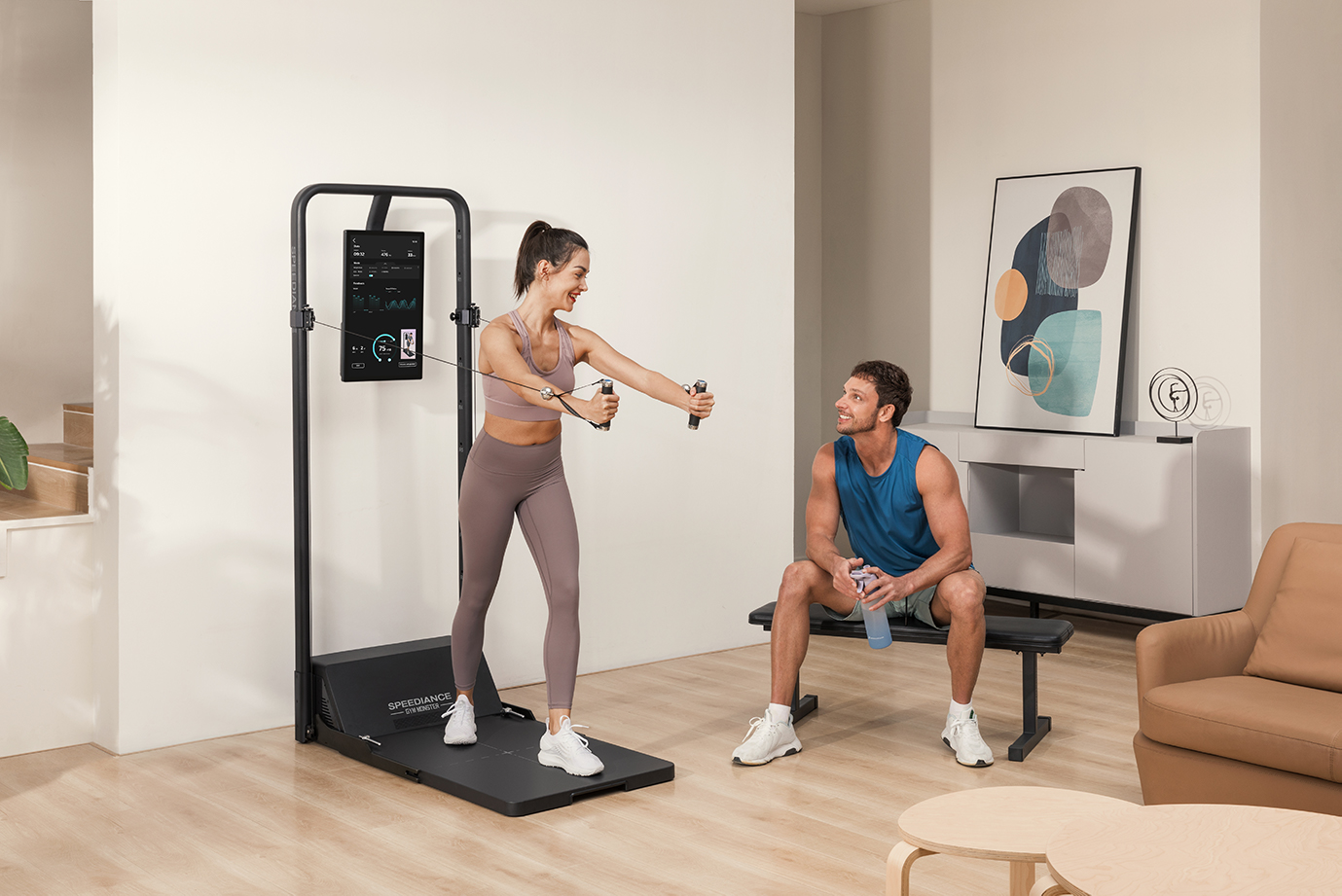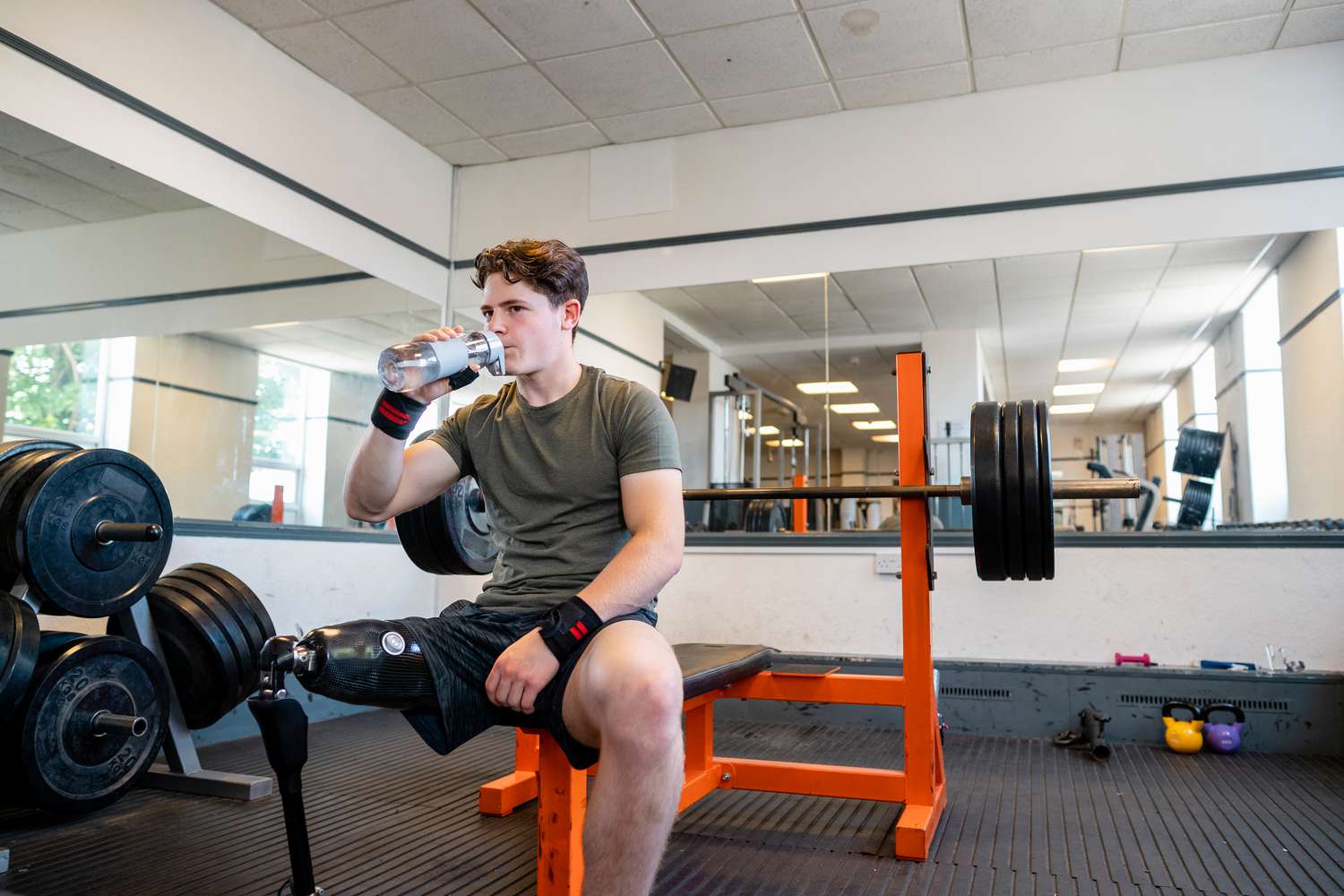The world of fitness gear has changed rapidly due to technology. Smart devices and wearables are now common tools that help you track your workouts, monitor your health, and stay engaged. These advancements not only enhance your training experience but also significantly improve your overall fitness levels.
As fitness technology evolves, you see more personalized options that cater to your unique needs and goals. From advanced heart rate monitors to AI-driven workout apps, modern gear offers a level of customization that was hard to imagine a few years ago. This integration of technology keeps you motivated and accountable, making it easier to stick to your fitness journey.
The future holds even more exciting developments in fitness gear. As new technologies emerge, you can expect even smarter devices that offer deeper insights into performance and well-being. The shift towards more data-driven solutions will likely change how you approach fitness, leading to better results and a more enjoyable experience.
Key Takeaways
- Technology enhances your fitness experience through smart devices and wearables.
- Personalized options keep you motivated and accountable in your workouts.
- Future trends promise even more advanced insights into your performance and health.
Evolution of Fitness Technology
Fitness technology has changed a lot over the years. Initially, people relied on basic tools for exercise, like pedometers and weights. These early devices helped you track movement and strength but lacked advanced features.
As time went on, wearable technology emerged. This included devices like fitness trackers and smartwatches. These gadgets monitor daily activities, heart rate, and even sleep patterns. You can now see your progress in real-time.
Fitness apps also became popular. They allow you to set goals, track workouts, and share achievements. Many apps offer guided workouts, nutrition tips, and community support. With these tools, fitness became more interactive and personalized.
The fitness industry has embraced technology in many forms. Gyms now use digital platforms for classes and virtual training. Some have integrated smart equipment that tracks your performance during workouts.
The blend of technology and fitness creates new opportunities. You can compete with friends, receive instant feedback, and adjust your routines easily.
Today, the focus is on improving your overall experience. Technology helps make fitness accessible and engaging, creating a supportive environment for everyone.
Smart Devices and Wearables
Smart devices and wearables play a crucial role in modern fitness gear. They enhance your workout experience by providing real-time data on your health and performance. This technology not only helps you track your progress but also motivates you to achieve your fitness goals.
Integration with Personal Wellness
Wearable technology integrates seamlessly into your daily life. Devices like smartwatches and fitness trackers offer essential features that promote personal wellness.
- Heart Rate Monitors: These devices continuously track your heart rate, allowing you to optimize your workouts. You can adjust the intensity to ensure you reach your target heart rate for maximum effectiveness.
- Calories Burned: Many wearables calculate the calories you burn based on your activity level and biometrics. This information helps you manage your diet and exercise effectively.
- Sleep Patterns: Sleep is vital for recovery. Wearables track your sleep patterns, providing insights into your rest quality and duration. Understanding your sleep habits can lead you to better recovery strategies.
Advancements in Health Monitoring
Health monitoring has advanced significantly with modern wearable technology. You now have access to features that allow you to keep a closer eye on your well-being.
- GPS Trackers: For outdoor activities, GPS trackers provide accurate distance and pace data. This is especially useful for runners and cyclists looking to improve their performance.
- Real-Time Data: Many devices offer real-time updates on your activity levels. You can see how much you move throughout the day, making it easier to stay motivated.
These advancements empower you to take charge of your health. By using smart devices and wearables, you receive valuable insights that encourage a healthier lifestyle.


Impact on Motivation and Engagement
Technology in modern fitness gear significantly boosts motivation and engagement. Features like gamification and community aspects enhance your workout experience.
Gamification of Fitness Routines
Gamification adds game-like elements to workout routines, making them more enjoyable. This approach taps into your natural desire for competition and achievement.
Key aspects of gamification include:
- Challenges: Fitness apps often include daily or weekly challenges that encourage you to push your limits.
- Rewards: Earn points, badges, or virtual currency for completing workouts, which can be motivating.
- Personalization: Many devices adapt to your fitness level, ensuring challenges remain achievable yet stimulating.
This blend of rewards and challenges can lead to increased motivation, as you actively track your progress and set personal goals.
Community and Leaderboards
Community features in fitness tech create accountability and connection among users. Engaging with others who share similar goals can boost your motivation.
Benefits of community involvement:
- Leaderboards: Compete with friends or community members. Seeing your rank can inspire you to work harder.
- Social Support: Share your achievements and receive encouragement from others in your fitness network.
- Group Challenges: Participate in collective challenges that motivate you to stay committed together.
Connecting with a fitness community helps you stay on track and promotes a sense of belonging, making workouts more enjoyable.
Data Analytics and Performance Optimization
In modern fitness gear, data analytics plays a crucial role in enhancing athlete performance. By leveraging technologies like artificial intelligence and comprehensive metrics, you can optimize your training and track your progress more effectively.
Artificial Intelligence in Training
Artificial intelligence (AI) is transforming how you approach your workouts. Machine learning algorithms analyze vast amounts of data to identify patterns and make predictions about your performance.
For example, AI can suggest personalized training plans based on your past workouts, recovery times, and fitness goals. Furthermore, AI tools can adapt in real-time, providing feedback during workouts to maximize efficiency.
Using AI, you can also gain insights into which muscle groups are underutilized or overworked. This approach helps improve your technique and reduce injury risk, making your training smarter and safer.
Metrics and Performance Tracking
Performance metrics are essential tools for evaluating your fitness levels. Wearable technology collects data such as heart rate, speed, distance, and calories burned.
With this data, you can track your progress over time and identify areas for improvement. Key metrics might include:
- Heart Rate Variability (HRV): Indicates recovery status and readiness for training.
- VO2 Max: Measures your cardiovascular fitness and endurance potential.
- Lactate Threshold: Helps determine your stamina capabilities.
Analyzing these metrics allows you to tailor your workouts effectively. You can set specific targets and monitor changes, ensuring you stay on track. With continuous performance tracking, you can make informed decisions about your training regime.


Future Trends in Fitness Gear Technology
The future of fitness gear is shaped by exciting innovations. You can expect several key trends to emerge.
1. Virtual and Augmented Reality
These technologies will provide immersive fitness experiences. Imagine working out in a virtual gym or joining a class from home while feeling like you are in a real studio.
2. Smart Wearable Technology
Devices like smartwatches and fitness trackers will become even more advanced. They will track your health metrics and provide personalized feedback during workouts.
3. Innovative Fitness Products
Look for new gear that adapts to your fitness level. Products may include smart dumbbells or resistance bands that adjust automatically.
4. Telemedicine Integration
You will have access to virtual consultations with trainers and healthcare professionals. This can help you create a tailored fitness plan right from your home.
5. Enhanced User Experience
Technology will improve how you interact with fitness gear. Expect features like easy app connectivity and real-time performance tracking.
6. Eco-Friendly Innovations
Sustainability will play a big role. Many companies are developing eco-friendly equipment, focusing on materials that are both effective and environmentally safe.
Staying informed about these trends will help you choose the best gear for your fitness journey.
Frequently Asked Questions
Technology has transformed how you measure fitness and experience personal training. Innovations in fitness gear and wearables have made fitness more personalized and data-driven. Here are some common questions about the role of technology in modern fitness.
How have advancements in technology impacted the ways we measure physical fitness?
Advancements have led to more precise measurements of your health and performance. Devices like smartwatches and fitness apps track various metrics such as heart rate, calories burned, and workout intensity. This data helps you set goals and monitor progress effectively.
What innovations in fitness computing are shaping the future of personal training?
Innovations such as AI-driven apps and virtual coaching platforms are changing personal training. These tools analyze your performance and provide tailored workout plans. They make training more accessible and customizable to fit your needs and lifestyle.
In what ways has technology enhanced the experience of going to the gym?
Modern gyms now feature smart devices and connected equipment. You can access real-time data about your workouts, which can boost motivation. Additionally, virtual classes and interactive screens offer diverse workout options to keep your routine exciting.
How do fitness wearables contribute to data-driven personal health management?
Fitness wearables collect and analyze your health data continuously. They track activity levels, sleep patterns, and heart rates, giving you insights into your overall wellness. This information helps you make informed decisions about your health and fitness routines.
What are the predicted trends in fitness technology for the coming years?
Upcoming trends include improved AI in fitness apps, more advanced wearables, and greater integration of virtual and augmented reality in workouts. These technologies aim to enhance user engagement and provide a more immersive fitness experience.
How is technology integrated into rehabilitation and sports medicine?
Technology plays a vital role in rehabilitation through virtual therapy and wearable sensors. These tools monitor recovery progress and provide data for customized treatment plans. They assist healthcare professionals in ensuring you receive the best possible care during your recovery journey.





